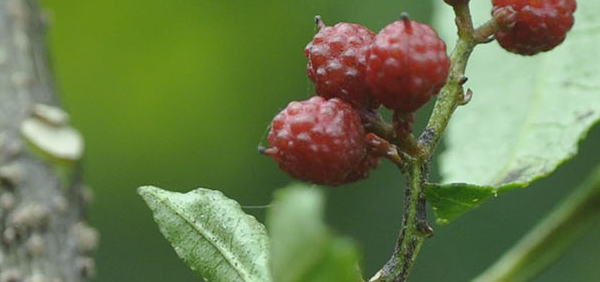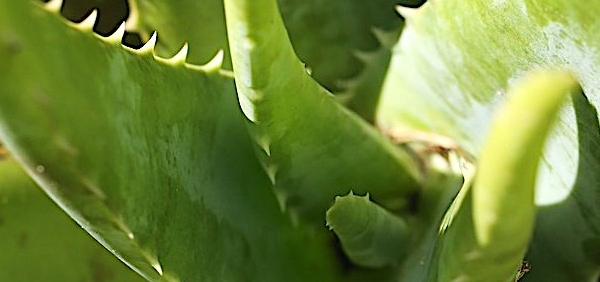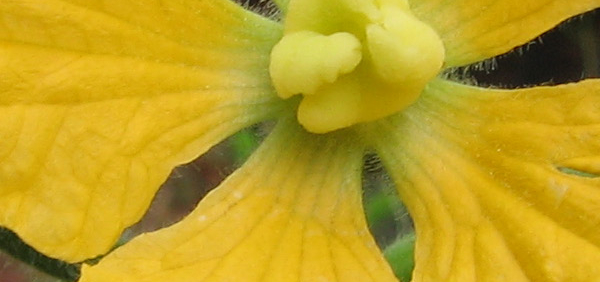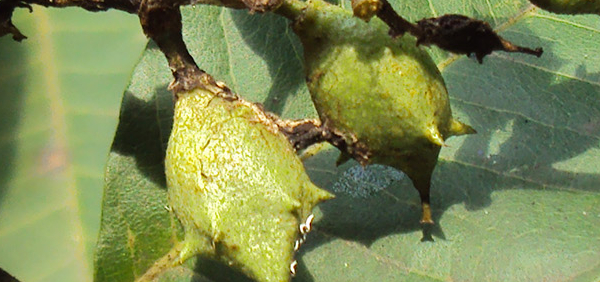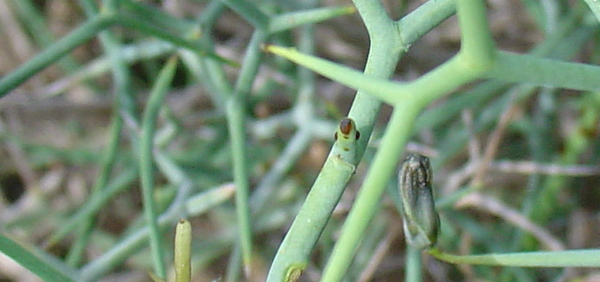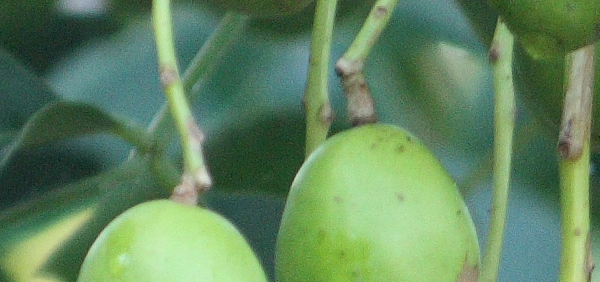vishamushti :

Geographical distribution:
Global Distribution:
Ageratum conyzoides, a native of Central America and the Caribbean, is now found throughout the world (Xuan et al., 2004). The alien range of A. conyzoides includes West Africa, Australia, Colombia, Costa Rica, Ecuador, Fiji, French Polynesia, the Guam Islands, the USA (Hawaiian Islands), Tonga, Vanuatu, Palau, Mauritius, Nicaragua, the Solomon Islands, Papua New Guinea, Samoa and South-east Asia (including China, India, the Philippines, Singapore, Thailand, Vietnam, Cambodia, Malaysia and Indonesia), Brazil and Korea (Kong et al.,2004; Kohli et al., 2006; Sankaran, 2007; Batish et al., 2009a). In Hawaii, A. conyzoides grows up to 1300 m above sea level (Wagner et al., 1999). In Pacific islands the weed has been found growing in different habitats such as crops, pastures, plantations, wastelands and roadsides (Swarbrick, 1997; PIER 2008). In Fiji, A. conyzoides is cultivated but it has now become invasive and naturalized in grasslands, forests, forest clearings and along roadsides and trails up to an elevation of 950 m (Smith and Albert, 1991; Sankaran, 2007). It has been reported to be a weed of plantations and waste areas in Tonga (Yuncker, 1959) and Guam (Stone, 1970). In New Guinea, A. conyzoides is spread up to 2000 m above sea level in both waste and cultivated lands, in plantations, pastures and along roadsides (Henty and Pritchard, 1975). In the Galapagos Islands the plant can be seen in moist uplands McMullen, 1999). The species has been reported to be one of the most dominant weeds of upland crops throughout South-east Asia (Kato-Noguchi, 2001). In Central Sulawesi Indonesia), A. conyzoides was recorded as an invasive weed in coffee and cacao plantations and in the submontane rain forests of Lore Lindu National Park (Siebert, 2002; Ramadhanil et al., 2008).
In South Africa, A. conyzoides was introduced in 1949 as an ornamental plant and has now become invasive in many parts, including reserves and protected areas like Kruger National Park (Foxcroft et al., 2008). It grows as an exotic herb in the riparian zones of South African rivers (Hood and Naiman, 2000). Nel et al. (2004) conducted a survey of riparian zones in South Africa and concluded that A. conyzoides is one of the most widespread and abundant invasive riparian weeds.
Distribution in India:
Growing throughout India in plains and hills. Growing mainly on rainy season.
In India, A. conyzoides has been reported as existing prior to 1882 in The Flora of British India (Hooker, 1882). It was probably introduced as an ornamental plant in the 1860s (National Focal Point for APFISN, India, 2005), later attained a weedy habit and turned harmful to mankind. Its invasion and spread has caused ecological havoc to indigenous floristic composition in various regions of India, including the north-west Himalayas, eastern Himalayas, central India and Western Ghats (Yoganarnarasimham, 2000; Silori and Mishra, 2001; Kohli et al., 2006; Reddy et al., 2008). The weed has been reported as one of the major invasive species, growing to an elevation of 2400 m in Himachal Pradesh (Kohli et al., 2004; Dogra, 2008); in fact, around 50% of the area in Himachal Pradesh state is said to be infested by this obnoxious weed (Batta, 1988). It has been reported to be one amongst the ten most dominant herbs in forest grassland edge, weed-infested areas and low-lying wet grassland of the Jim Corbett tiger reserve, Terai and Bhabar regions (Rawat et al., 1997) and in the wetlands of Samaspur Bird Sanctuary (Reddy et al., 2009) in Uttar Pradesh, India. Sit et al. (2007) surveyed the eastern Himalayan region of West Bengal (India) and reported A. conyzoides as one of the most widely distributed weeds in various crop lands and palm gardens. Negi and Hajra (2007) studied flora of the Doon Valley, north-west Himalaya and reported A. conyzoides as one of the invasive
exotics. The species has been reported to occur in Veerapuli and Kalamalai forest reserve (Swamy et al., 2000), tropical wet evergreen forests and the Anamalai Hills
(Muthuramkumar et al., 2006) of the Western Ghats of Tamil Nadu. A. conyzoides has been found to be a weed of disturbed sites in the tropical forest of Little Andaman Island in the Bay of Bengal (Rasingam and Parthasarathy, 2009). It has been found to be one of the dominant species in Agrakhal-Hindolakhal, Garhwal Himalaya, Uttaranchal (Bughani and Rajwar, 2005). In addition, A. conyzoides has been reported to be a major invasive weed on both the slopes and wetlands of Mothronwala swamp in the Doon Valley, Uttaranchal (Gupta et al.,2006). Recently, A. conyzoides was found to be one of the most predominant weeds in Mandhala watershed in Himachal Pradesh (Rana et al., 2010). The plant has also been found as a major weed in the littoral and swamp forests of Assam (DOEF, 2010). In Arunachal Pradesh, A. conyzoides is one of the major weeds in West Siang (Singh et al., 2002) and the most dominant weed under canopy of Dendrocalamus hamiltonii in tropical forests (Arunachalam and Arunachalam, 2002). In addition, the weed has also been reported in north-eastern and southern India (Rao, 2000) and the forests of the Gandhamardan Hills range, Orissa (Reddy and Pattanaik, 2009).
Spread of A. conyzoides in different habitats
Ageratum conyzoides is a serious problem of cultivated lands in the hilly tracts of northwestern India (Bansal, 1988), where it forms dense thickets in commonly grown crops such as chickpea, rice, maize and wheat, and adversely affects crop yields (Kohli et al., 2006). Due to its enormous seed-producing capacity, fields left fallow are rapidly invaded and colonized by the weed. In Himachal Pradesh the weed starts appearing at the tassel stage in maize, produces flowers and sets seeds by the time crop is harvested (Kanwar and Kharwara, 1988). A study conducted by Reddi et al. (1977) demonstrated that A. conyzoides is a major weed in ratoon sugarcane crop fields with a population of 250-400 plants/m2. In maize fields, its population has been observed to be 1000 plants/m2, thereby completely covering the ground surface (Anonymous, 1986-1987). Kanwar and Kharwara (1988) studied the population of A. conyzoides in various fields and wastelands in Himachal Pradesh (India). The population of A. conyzoides was greatest in kitchen gardens (50 plants/m2) followed by maize fields (20 plants/m2) and was least in meadows
Plant conservation:
Not Evaluated (NE)- » Classification and names of vishamushti
- » Synonyms and definitions of vishamushti
- » Drug Properties of vishamushti
- » Chemical Constituents of vishamushti
- » Standardization of vishamushti
- » Parts used and Dosage of vishamushti
- » Morphology and Histology of vishamushti
- » Distribution and Conservation of vishamushti
- » Cultivation of vishamushti
- » vishamushti in the market
- » Medicinal Uses of vishamushti
- » Researches and clinical trails of vishamushti
- » vishamushti in other sytems of medicine
- » Ayurvedic formulations with vishamushti
- » Images of vishamushti




